Postmenopausal

specialists

equipment

treatment
The age of the onset of postmenopause

The Climax post usually begins at the age of 45–55 years. The average age is 51 years.
However, the age of the offensive may vary. Some women enter postmenopause earlier - in 40–44 (early postmenopausa), and in rare cases - up to 40 years (premature menopause). Late postmenopause is observed after 55 years.
Age is influenced by heredity, lifestyle and state of health. Smoking, chronic diseases and low body weight can accelerate the process. If the symptoms of menopause began early, it is important to consult a doctor for diagnosis and recommendations.
Classification of postmenopause
|
Type post Climax |
Description |
Examples and features |
|---|---|---|
|
Natural postmenopause |
It occurs as a result of natural extinction of ovarian function. This is due to age changes when the level of estrogen is gradually decreasing. |
Обычно наступает в возрасте 45–55 лет. Симптомы включают приливы, сухость влагалища, перепады настроения. |
|
Early postmenopause |
It develops up to 45 years. Can be caused by hereditary factors, chronic factors stress, smoking or autoimmune disorders. |
May be accompanied by more pronounced symptoms, such as sharp tides and decrease bone density. |
|
Premature postmenopause |
It occurs up to 40 years. Often associated with genetic mutations, surgical removal ovary (ovarioctomy) or treatment, for example, chemotherapy. |
Can lead to infertility, a sharp deterioration in the state of bones and cardiovascular systems, requires hormonal therapy. |
|
Artificial postmenopause |
Является результатом медицинских вмешательств: хирургическое удаление яичников, химиотерапия, облучение. |
Резкое снижение уровня гормонов вызывает тяжелые симптомы. Лечение направлено на устранение последствий терапии. |
|
Late postmenopause |
It comes after 55 years. This condition may be associated with a slow decrease in level hormones. |
A longer preservation of estrogens reduces the symptoms, but increases the risk of cancer Endometry and breast. |
|
Pathological postmenopausa |
A condition accompanied by severe complications, such as osteoporosis, Cardiovascular diseases or endocrine pathologies. |
It requires constant observation of a doctor and complex therapy. |
Answers to popular questions
Post-menopause raises many questions that often remain unanswered. We have collected the most relevant ones to dispel doubts and help you better understand your condition.
When does postmenopause occur
Postmenopause begins 12 months after the last menstrual period. This usually occurs between the ages of 45 and 55, but for some women, this period may come earlier or later, depending on the individual characteristics of the body and heredity.
Why does vaginal dryness develop in postmenopause?
A decrease in estrogen levels leads to a decrease in the production of natural lubrication in the vagina. This causes a feeling of dryness, discomfort, and sometimes itching. If these symptoms interfere with quality of life, the doctor may recommend moisturizing gels or hormone therapy.
When should I start taking hormonal drugs?
Hormone therapy is prescribed individually. It is usually started during periods of severe symptoms - hot flashes, insomnia, mood swings or osteoporosis.
Does postmenopause affect your sex life?
Yes, an imbalance in hormone levels can lead to a decrease in libido, dryness, and discomfort during sexual intercourse. But these problems can be solved: the doctor may prescribe hormonal agents, special creams, or other appropriate therapies.
Can postmenopause cause heart problems?
Yes, after the onset of postmenopause, the risk of cardiovascular disease increases due to a decrease in the level of estrogen, which protects blood vessels. Control of blood pressure, cholesterol levels and regular visits to a cardiologist will help reduce this risk.

This award is given to clinics with the highest ratings according to user ratings, a large number of requests from this site, and in the absence of critical violations.

This award is given to clinics with the highest ratings according to user ratings. It means that the place is known, loved, and definitely worth visiting.

The ProDoctors portal collected 500 thousand reviews, compiled a rating of doctors based on them and awarded the best. We are proud that our doctors are among those awarded.
Make an appointment at a convenient time on the nearest date
Price
Other services

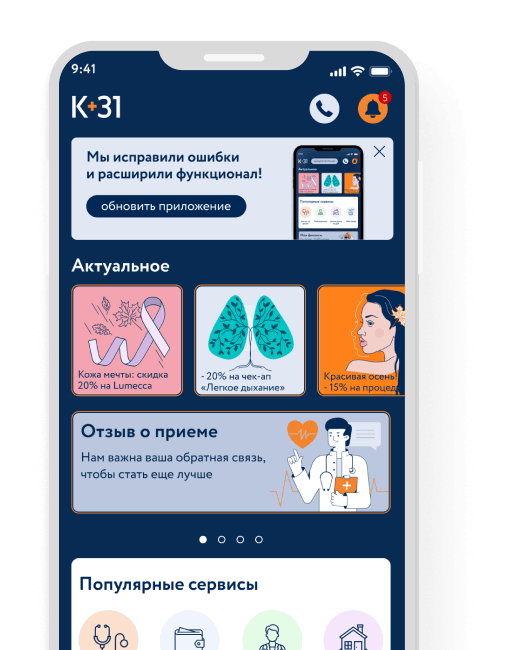
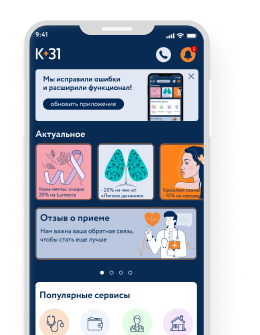



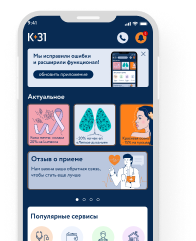

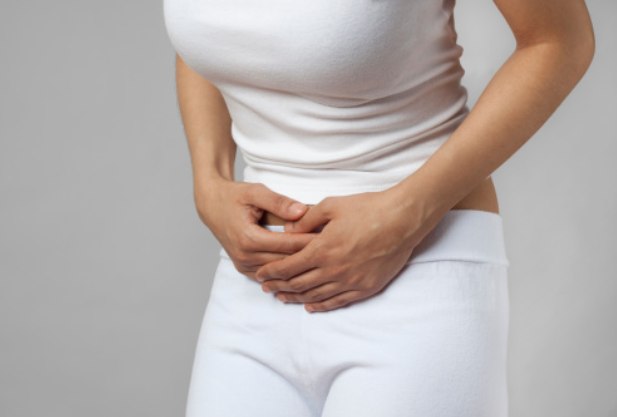
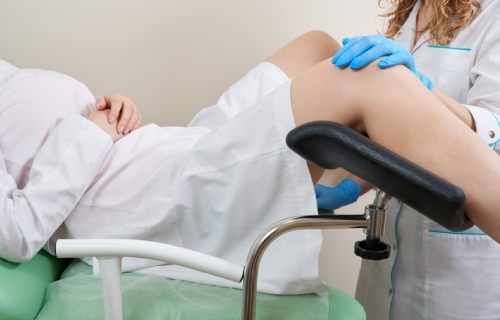


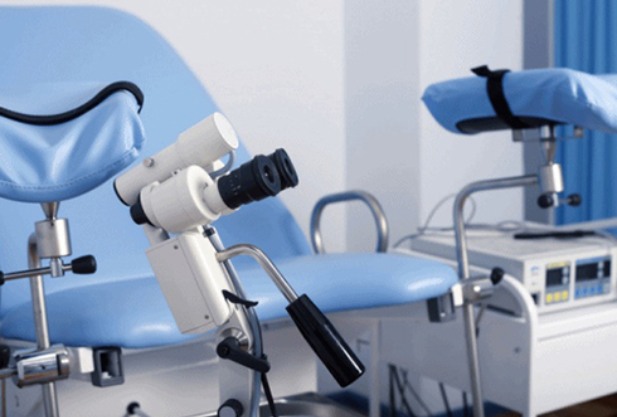

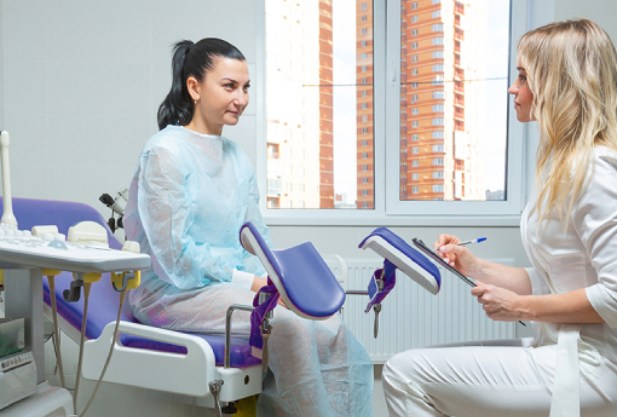
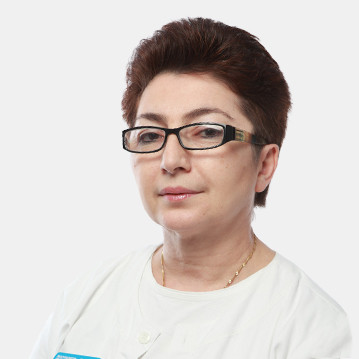
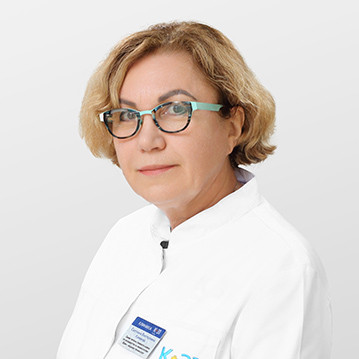







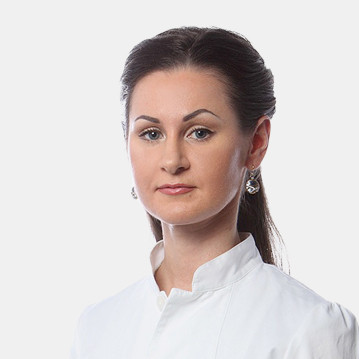





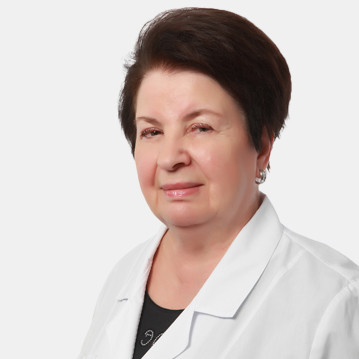
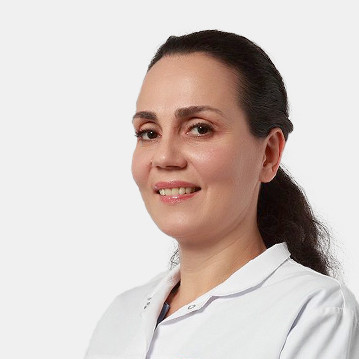
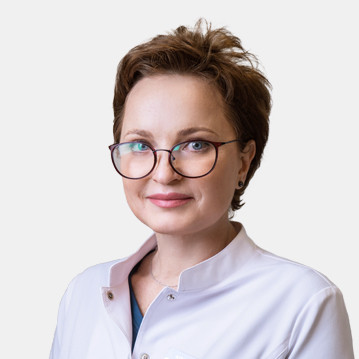



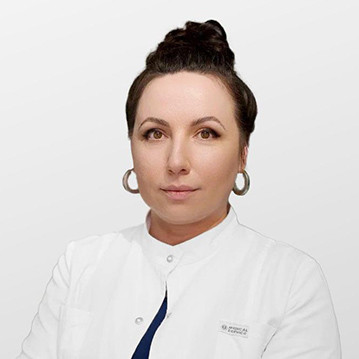








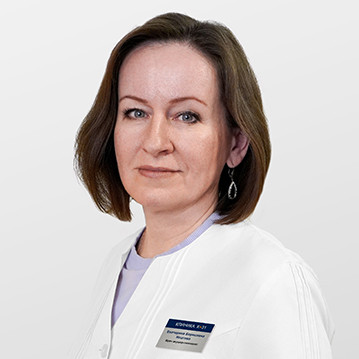







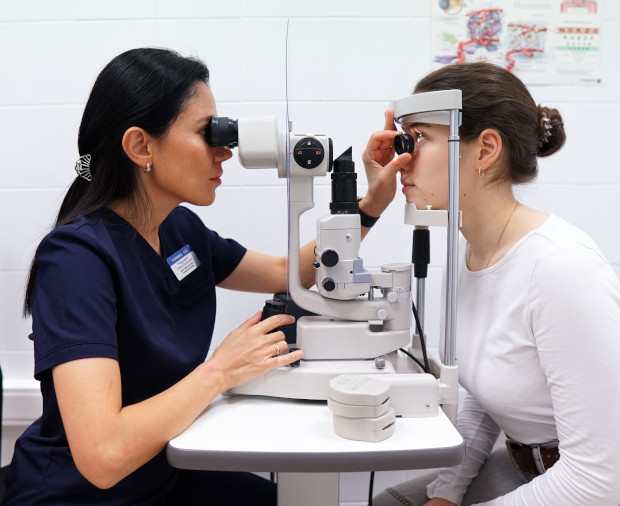




What is a postmenopause?
The Climax post is the time that begins a year after the last menstruation. During this period, the ovaries cease to produce hormones, such as estrogen and progesterone. This usually happens at the age of 45–55 years, but each woman has individual terms.
Changes in the hormonal background affect many processes in the body. The density of bones decreases, heart problems and blood vessels may occur, the skin loses elasticity, tides and emotional instability appear.